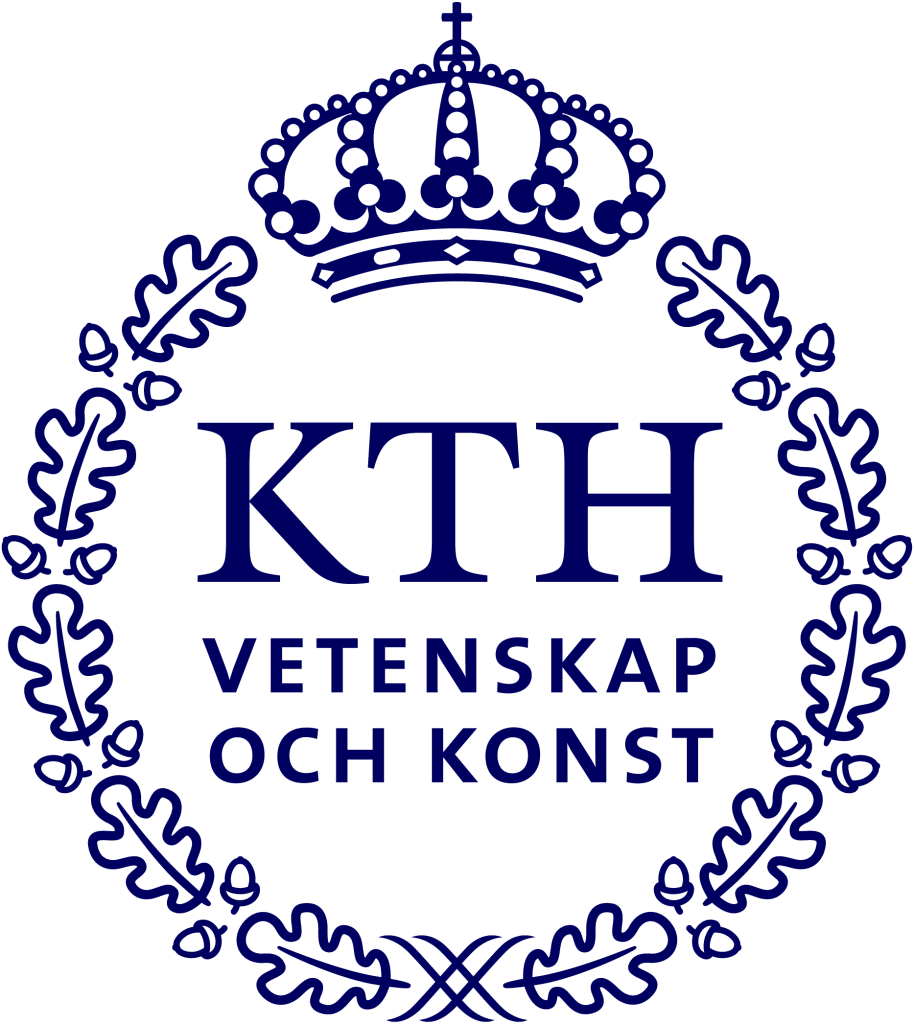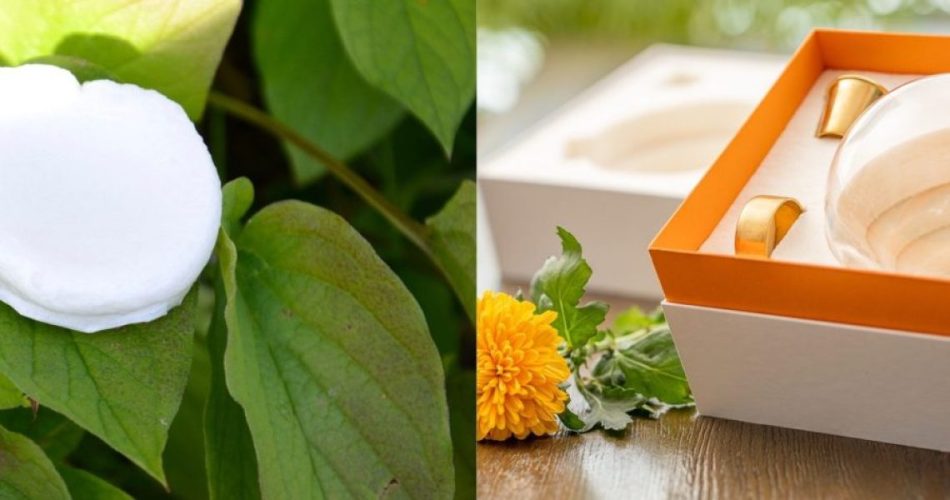To highlight the journey from academic research to industrial pilot, Stora Enso and WWSC at KTH arranged a joint event April 1. The invited audience got to hear how the very first steps was towards a bio-based foam material, back then made from nanocellulose, was taken by Professor Lars Wågberg and the steps towards commercialization by Åsa Ek, Acting Head of Innovation – Stora Enso, Biomaterials.
Not only research results, but also competence in the form of educated scientist is a product from WWSC and the universities. In this case it was extra clear as the WWSC alumni Mikaela Helander as from the start being one of the key persons of the journey towards commercialization, presented her journey at the event.
At the event the audience also got an insight in how it is to run a pilot factory by Eva Engstedt, Pilot Plant Manager at the Papira Plant, before the finalizing panel discussion started.


The panel, consisting of Mikael Hannus, Senior Vice President, SVP, Group Innovation and R&D Stora Enso, Åsa Ek, Acting Head of Innovation, Stora Enso Biomaterials, Lars Wågberg, Professor WWSC/KTH and Eva Malmström, Director WWSC, Professor KTH discussed the value of collaboration between industry and academia for future innovations and all was strikingly agreed on that while develop trust and understanding takes time, collaboration is valuable and give new perspectives for both sides. And as the tagline for the panel discussions said; innovations cannot happen in isolation.

What will be the next Papira? That was the final question that the panel got. Maybe the answer was already present at the event, as three of the PhD students from WWSC showcased their research in the following mingle: the transparent wood presented by Céline Montanari, solid water by Rebecca Östmans and bio-based wood-glue by Tijana Todorovic.





